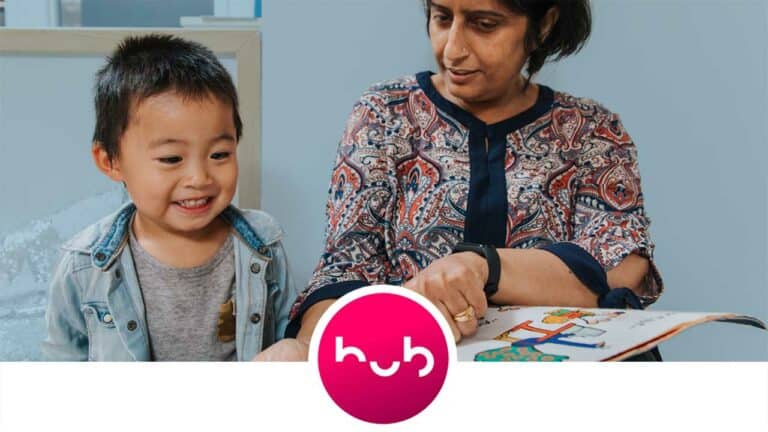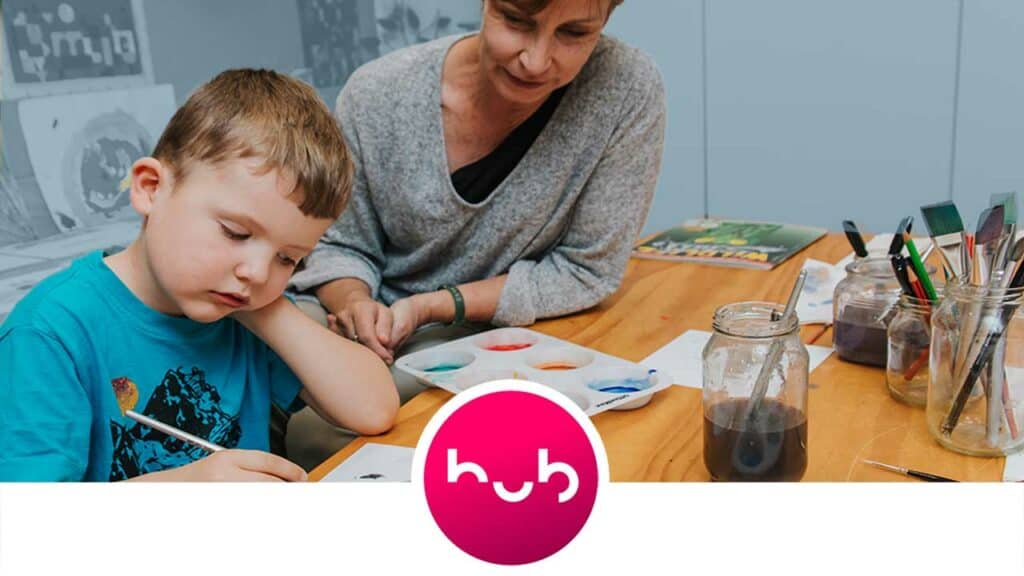

Early Literacies
An online course from The Education Hub
This is the personal workbook of
Below are the activities that you did in the Introduction to this course.
Your focus child
Below are the activities that you did in Part 1 of this course.
Before we get into our content about early literacy. Think about what it means to you.
Notes and reflection from An introduction to supporting early literacy
The reading highlights some of the different ways that children learn to make and share meaning with others using a variety of texts, and the important role that teachers play in supporting and extending these multiple literacies in early childhood settings. As you reflect on the reading, ask yourself:
Notes and reflections from Literacy and multiliteracies
So far, we have considered the idea of literacies as encompassing the multiple ways that we make meaning for ourselves, as well as how we communicate meaning with others. As you reflect on Mary and Bill’s video, you might like to:
Notes and reflections from A kaupapa Māori perspective on multiliteracies
Which of Hana’s meaning-making examples do you recognise from your centre?
Her list is not exhaustive.
Notes and reflections from Principles for culturally responsive teaching in early childhood education
Culturally responsive teaching involves teachers learning from children and families about their cultural heritages, languages, and literacy practices. Teachers can then incorporate and extend those aspects of literacy in early childhood settings. Thinking about Hana’s insights and the reading about culturally responsive teaching, consider the following:
The article discusses the importance of relfecting on your own cultural values, beliefs, and practices as the first step of understanding others.
Relate your learning to practice
Let’s return to the child and family that you identified at the start of the course.
Jot down the different ways you have noticed the child communicating meaning with others, under the headings below. Keep a note of examples of each form of communication as you observe or think of them.
Discuss your observations with the child’s parent or caregiver. How do your observations match theirs? What other things can the family add to your observations? Are there any specific cultural literacy practices the family engage in at home?
Below are the activities that you did in Part 2 of this course.
Revisit your learning
Notes and reflections from Embodied literacies
Your focus child
Now think again about your focus child.
Now that you have documented your focus child’s behaviour, think about how you can use this to their benefit.
Notes and reflections from Supporting the literacy development of infants and toddlers
In their interview, Irene and Angela describe the importance of noticing eye contact, body language, gestures, and touch in communicating with infants and toddlers who are not yet talking. Noticing embodied signs of meaning is an important strategy for teachers when engaging with children of any age.
Relate your learning to practice
Over the next week, think about how your focus child is learning to explore different kinds of literacies through their play and social interactions in the early childhood environment. Document examples of meaning-making in relation to the following literacies as you notice them:
Building on your first observation in the previous part of the course, you might start to notice patterns in terms of how the child uses their body, face, objects, images, and space or positioning to communicate their meaning with others, in a range of different ways.
Below are the activities that you did in Part 3 of this course.
Revisit your learning
What have you learned so far about the ways your focus child uses different kinds of literacies through play? Take notes in the categories below:
Notes and reflections from Fostering spoken and written literacy in early childhood education
What were your responses to Claire’s interview on supporting the development of spoken and written literacies in the early years?
Notes and reflections from Lifelong literacy success in reading and writing
In the article, Claire emphasises ways that teachers can foster oral and visual or written literacies in early childhood settings, which recall suggestions in the reading in Part 1. Think about your own practice.
Notes and reflections from Encouraging the development of spoken and written literacies
Jodi and Kelly talked about using intentional strategies to support spoken and written literacies in their kindergarten. Claire also talked about some fun ideas for fostering phonological and print awareness in her video.
Relate your learning to practice
Over the next week, record one or more aspects of spoken and written literacies in relation to your focus child. For example, you could answer some of these questions:
Below are the activities that you did in Part 4 of this course.
Revisit your learning
Notes and reflections from The power of stories for learning and development
Notes and reflections from The role of stories in literacy development
Notes and reflections from Stories and story-telling in early childhood education
Relate your learning to practice
Over the next week, plan to try something new around the sharing of stories with your focus child. This might include:
- making time for sharing small stories with the child and family at drop off and/or pick up times
- building in conversational stories with the child during routine moments (such as mealtimes or changing clothes/nappies)
- sharing stories through books and action songs
- reading a book and then acting out the story using costumes and props
- talking about photos or videos of past experiences
- making a book with children that has personal relevance to them, perhaps using their pictures or photos
- sharing stories using a variety of art materials and media
Below are the activities that you did in the conclusion of this course
Put your learning into practice
At each stage of learning in this course, we have presented opportunities for you to reflect upon and relate the course content to your own practice. You might like to revisit this work, and the judgements you made about your strengths and weaknesses in regard to creating a positive environment along with interactions that support early childhood literacies. We now invite you to consider some of those key areas again, in order to identify the next steps you will take to further embed the learning in your everyday practice.
Here are some questions to revisit and consider either on your own, or in your team
Literacies as ways of making and sharing meaning, shaped by culture:
Embodied, nonverbal literacies:
Spoken and written literacies:
Stories:
